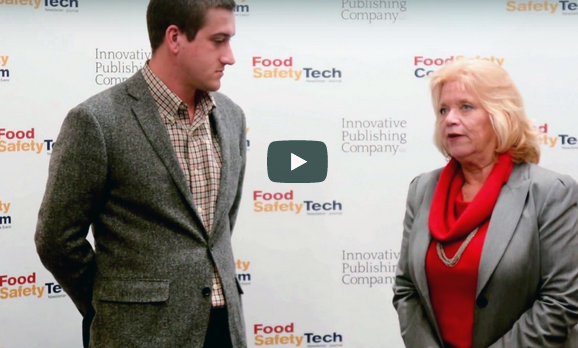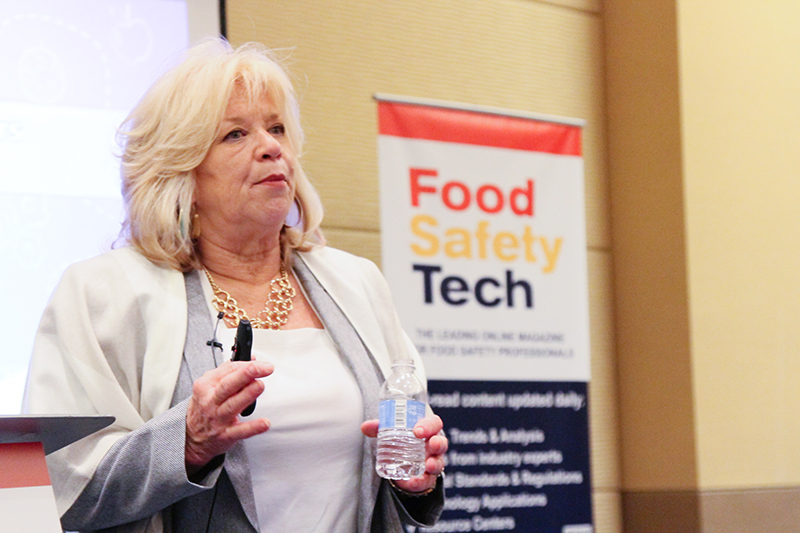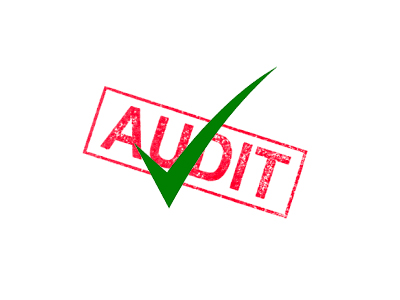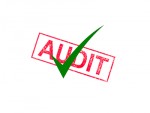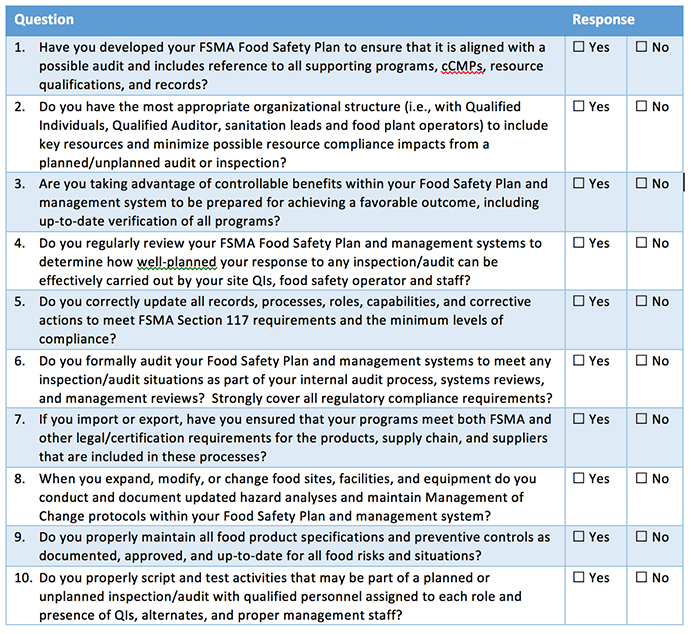As a food safety plan manager, do you ever get asked these questions regarding your food safety plan: What was your thought process for making this decision? Why do you do it this way? How do you answer this?
And, do you ever answer with one of the following statements:
- I’m not sure? What do you mean?
- That’s the way it has always been.
- Our customer asked us to do it that way.
- That’s what our last auditor recommended.
- We make a low-risk product.
If this is one of your answers, defending your food safety plan may be a challenge. There is a major shift taking place in the world of food safety. With the implementation of FSMA Preventive Controls, the widespread adoption of GFSI audits, along with advanced technologies such as rapid pathogen and allergen detection, whole genome sequencing, and transparency efforts such as Blockchain, as well as with the increasing use of social media and access of information via the internet, food industry professionals are more educated and informed than ever before and ready to challenge your every move. As a food safety plan manager, you and your team must be ready! Being prepared to defend your food safety plan can be the difference between a recall and a routine audit. If you cannot fully explain the reasoning behind your decision-making, then how will you be able to prove that you are in complete control and are being proactive against food safety hazards? It will not be easy.
You must be ready to defend each and every part of your food safety plan. You must be able to defend questions and challenges with certainty and facts. Every decision made in your hazard analysis should be written down and backed with factual evidence whenever possible. Even the “none identified” areas should be backed by strong reasoning if no other factual evidence is available. You can use the data that you collect daily to help justify your decisions. Data collected from your prerequisite programs (ATP swab results, allergen cleaning validations, GMP audit findings, pest control trends, etc.) and food safety plan (CCP’s, validations, verifications) is all support for your decisions. Have this on file and ready to review when necessary.
If something looks out of the ordinary in your plan, make sure you can fully explain it and can back it with solid justification. If not, auditors, regulators, customers, etc. may start to become suspicious, which can lead to unwanted questions. You will then oftentimes start to get suggestions for change based on others’ individual expertise. Regulators may make “strong suggestions” for changes, for instance, and some people will just go along with it to avoid the pushback or because they simply don’t have a better solution. If this happens, soon your plan is no longer yours—it’s everyone’s. Some of these suggestions may be good, but is it really the right change for your plan? If not, it will often make the plan less rational and often difficult to defend.
The following are tips to help you avoid this situation.
- Meet with your food safety team regularly. Go through each part of your food safety plan and figure out how to answer the “why’s”. Why are things done this way? Why did we decide if this hazard was significant or not? Have annual reviews to make sure your plan is still functioning as originally intended and review new industry trends to be proactive regarding new potential hazards.
- Write a process narrative. Writing a process narrative documenting what happens at each step of your process and explaining your “thought process” for making decisions is a great support tool. It gives your team a chance to elaborate on the “justification” column in the hazard analysis, providing more decision-making details without crowding the hazard analysis form.
- Gather supporting documents. Scientific studies, guidance documents, expert opinions, etc. are vital pieces to have in your supporting documents library. Make sure it is appropriate for your individual products and the documents are from reputable sources, such as FDA, USDA, universities, process authorities, etc. Oh, and don’t forget about history! A reputable supplier with a long track record of safe product, a low history of recalls for the products you produce, etc. can help justify your decision-making.
- Conduct Internal Audits. Having an internal audit schedule and well-trained internal auditors help with finding inconsistencies within your program and allow you to make corrections before outside parties find these issues.
- Prepare. Have a “mock audit” and prepare for questions that are commonly asked during audits. Practice your answers and make sure you have supporting evidence when needed. Stay up-to-date with industry trends, especially common audit non-conformances.
- Be organized. It’s great to have all the supporting documents that you need, but if you cannot find them, then you just as well have nothing.
- Be confident. People, especially experienced auditors and inspectors, can quickly sense fear and lack of confidence. This often prompts more questions. Knowledge is power, and knowledge also builds confidence. Simply put, the more knowledgeable you are about your food safety plan, the more confident you will be when someone is trying to test you.
- Continuously Improve. It’s understandable that mistakes will be made. However, the next logical question you will be asked is: What did you do about it? Remember, for every nonconformance you find in your system, there should be a correction or corrective and preventive action to address it. It must not simply restate the problem, but legitimately correct the issue. This will give regulators, auditors, customers and anyone else looking at your system confidence that you are in control and can provide a consistently safe product.



